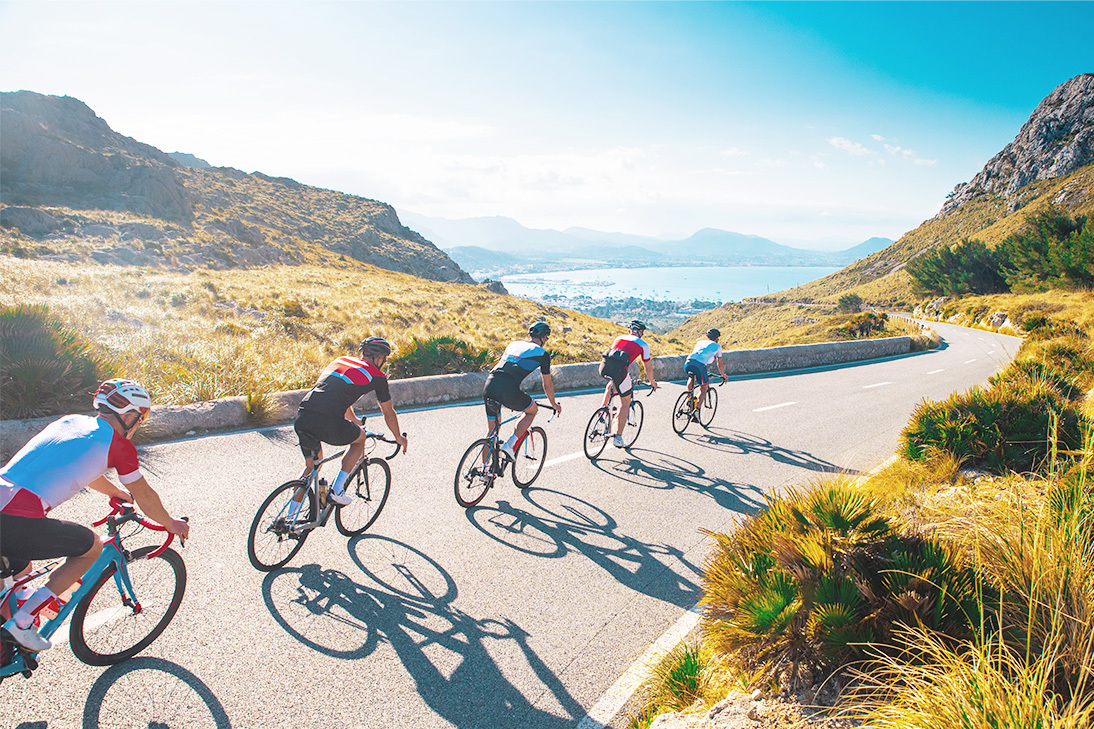Recovery from a workout, especially a hard one, is when you grow stronger and faster and develop more stamina. In essence, recovery — not your cool-down — is the true final step in your workout. Treat it as such, and you should be able to accelerate your progress and make your next training session more productive.
How seriously should you take workout recovery? Consider Tour de France veteran cyclist George Hincapie. During the long racing season, he was famous for never taking the stairs when an elevator was available, never walking anywhere when he could drive, always looking for a place to sit if he was standing, and if he was sitting, he’d look for a place to lie down. That’s how seriously he took recovery.
While Hincapie’s approach was extreme, his mindset was correct, and it’s one you can easily adopt and tweak to work for you and your life. Try the tips below, starting with your next training session, and see what works for you. With Humango’s coaching help, you’ll figure out what works best. Who knows, you may find that an evening walk accelerates your post-workout muscle recovery better than doing nothing. Or, you may find that a nap is vital to setting you up for tomorrow.
Within 1-2 Hours of Your Workout
- Hydrate. You lose water in any workout, but especially during high-intensity cardio workouts. Refill your tank as soon as you finish exercising. You need to replace whatever fluids you lost and supply your body with enough extra fluids to help flush toxins out of your body. Aim to drink at least 16-20 ounces of fluids, or roughly a cycling water bottle’s worth. This is on top of whatever water you drank before and during your workout.
- Eat. Reload your energy stores quickly so your body can get prepared for the next round of exercise. You want to consume simple carbs from bread, rice, and fruits. Don’t worry too much about protein immediately after training, but be sure to eat 20-40 grams of protein at your next meal. Delaying your protein consumption until mealtime will allow your gut to focus on replenishing spent glycogen stores first.
- Skip the long shower. Ice baths, cold showers, massage, stretching, and foam rolling are all viable options for speeding recovery. But the long shower (or whirlpool, hot tub session) will leave you feeling more tired than before and can wreak havoc on the rest of your day’s recovery cycle. Get in, clean up, and get out as quickly as possible.
Rest of the Day
- Take it easy. You don’t have to copy Hincapie’s approach, but be aware of your body’s need to recover. By this, we mean don’t ref your child’s soccer game hours after you ran 15 miles as part of your marathon training plan. Or, if you’re going to install a backyard fence, don’t do it on the same day you completed an intense brick workout as part of your triathlon training.
- Do some active recovery. The note above doesn’t mean you should lie on the couch, though. Research suggests that a brisk walk or easy bike ride later in the day or the day after a tough workout serves as a recovery hack, lubricating the joints, preventing stiffness, and flushing toxins out of your muscles. You want to exercise hard enough to feel your heart rate rise but not enough for the active recovery workout to feel “hard.” Humango’s coaching app does this automatically, building a workout schedule that accommodates necessary recovery time based on your current fitness level.
Prepare for Sleep
- Watch what you drink. Setting yourself up for a good night’s sleep starts hours before you crawl under the sheets. Try not to drink coffee, tea, or caffeinated beverages after lunch. The same goes for alcohol (if you can, cut alcohol from your life completely). But do drink a glass of water an hour or so before going to bed. This will top off your fluid intake for the night and help you wake up less dehydrated than usual, which will prime your body for that day’s exercise.
- Avoid late-night snacks. Stop eating two, ideally three, hours before you go to bed. This break will give your stomach enough time to digest your meal and shut down for the night. It’s hard to fall asleep when your stomach is hard at work digesting a meal.
- Skip the screens. Put your phone, tablet, or laptop away, and turn off the TV when you get in bed. You’re there to sleep, not stimulate your brain.
- Follow a routine. Go to bed at the same time each night. This consistency will train your body’s circadian rhythm to go into sleep mode more easily. Humango’s app can track your sleep cycles, which can help you figure out the optimum time to hit the sack and how long you need to sleep to maximize your recovery.








